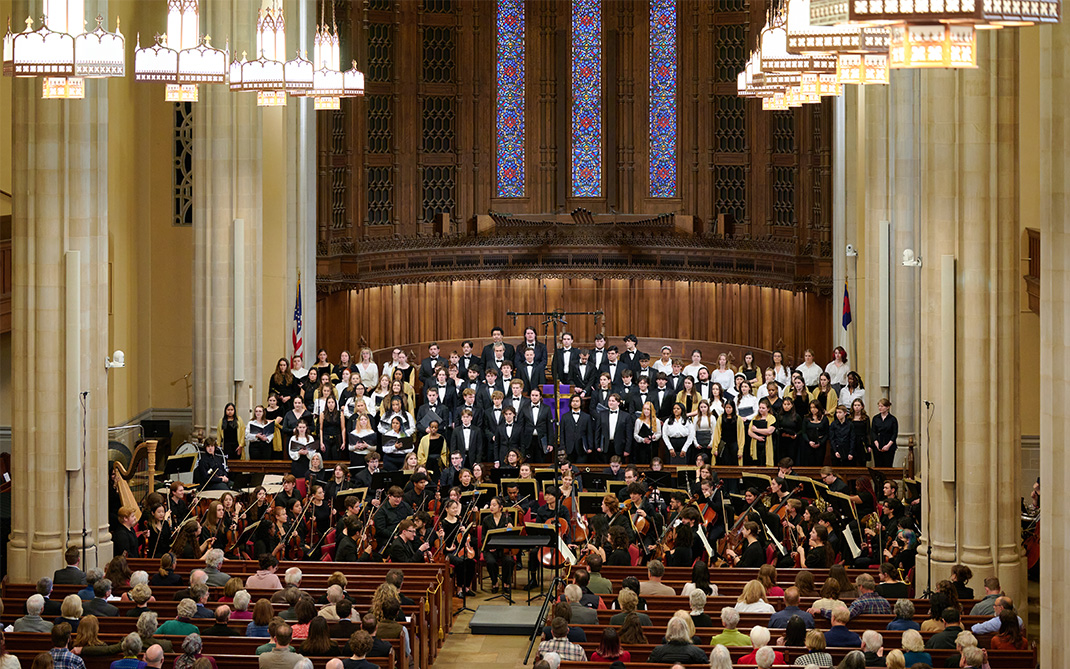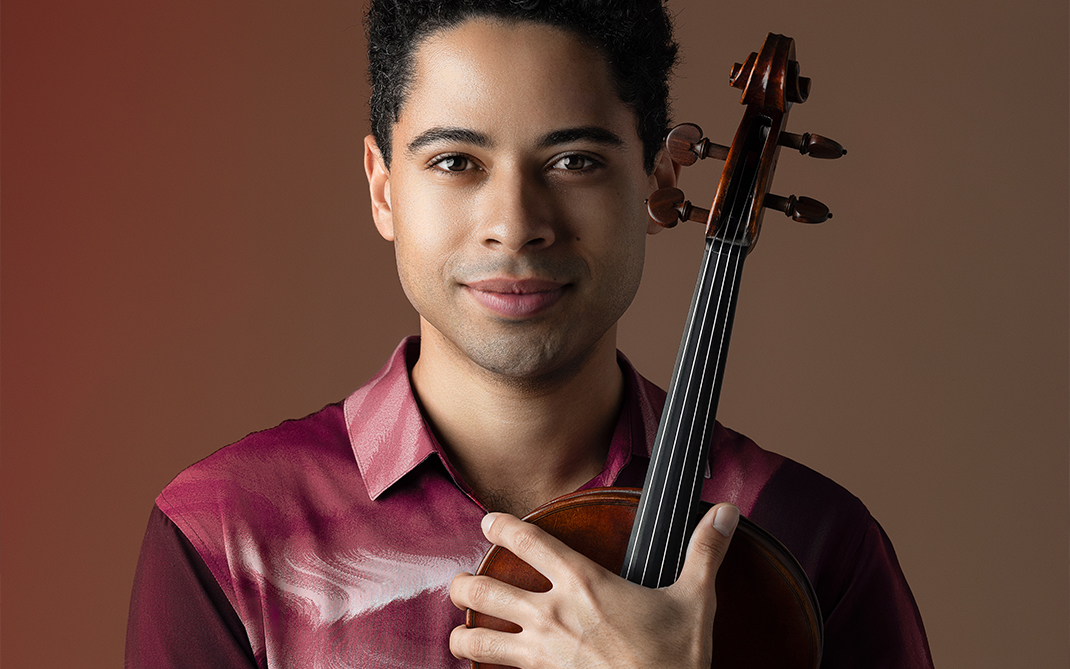Backstage: Endalyn Taylor
Dean Endalyn Taylor has the broad-spectrum experience necessary to lead the School of Dance in today’s rapidly evolving dance world. A former principal dancer with Dance Theatre of Harlem (DTH), Taylor also appeared on Broadway in “Aida,” “The Lion King” and “Carousel” before serving as director of the DTH School and associate professor of dance at the University of Illinois, Urbana/Champaign.
Q: As an incoming dean, what were your first goals?
Aside from the obvious responsibility of familiarizing myself with and understanding the operations of the two tracks of the School of Dance, it was vitally important — particularly coming in on the heels of COVID-19 — for the students to have the chance to get to know me, by getting into the studio to teach every level, both classical and contemporary. The best way to understand an artist is through the work they do in the shared environment of the studio space.
Q: What excites you about the School of Dance?
I have genuinely appreciated the commitment, talent and knowledge of our faculty. I’d love to make space to keep that rigor relevant and moving forward with the times. We, as facilitators, are constant learners. It doesn’t mean changing what we do; it means figuring out new ways to impart that information to our students.
Something that’s ripe for evolution is finding ways to provide access to the range of skill sets taught at UNCSA to all our students. We’re working collaboratively with the other arts schools to provide electives for dancers in film, drama and music, giving them the ability to work in the dance industry with longevity, whether they are performers or producers. The dean of the School of Filmmaking and I are exploring the idea of creating a course around cinematography and dance, for example, which would be an excellent tool for both dance and film students. Our goal is to show how art forms align in many different ways to provide even more opportunities.
Q: How can UNCSA best prepare its dancers for the professional world?
Today’s industry demands that you be able to do it all, and do it well. One of my main goals is to show our students how classical and contemporary can be married beautifully in your body and enhance how you perform in each.
I think it’s our nature to shy away from something that feels unfamiliar. So getting dancers to love other forms means learning the cultures and histories and understanding the backbone of those forms and how they intersect — like the parallels between the polyrhythmic natures of ballet and African dance. Teaching the technique of every discipline builds a love of and appreciation for them.
I also look forward to getting back out to recruit in cities and schools nationwide where I know there are dancers of diverse backgrounds with the skills in both classical and contemporary to succeed in our program.
Q: What influential figures in your dance background continue to inspire you?
Many people mentored me, provided opportunities and validated my right to a place in the ballet arena, but being able to develop into a versatile artist in contemporary dance and other disciplines was equally impactful in shaping the person, educator and administrator I am today. Working with choreographer John Alleyne, whose process was so inclusive and inviting of everyone’s unique abilities, made me realize that leaving who we are at the door is a disservice to ourselves and the art we make. Individuality is to be celebrated. The truth of who we are as humans has the power to undergird, not dilute, the narratives we tell.
Gavin Larsen, former dance and author of "Being a Ballerina: The Power and Perfection of a Dancing Life," lives in Asheville, North Carolina.
This article appeared in the 2022 issue of Scene.
READ THE COMPLETE ISSUE
July 21, 2022




